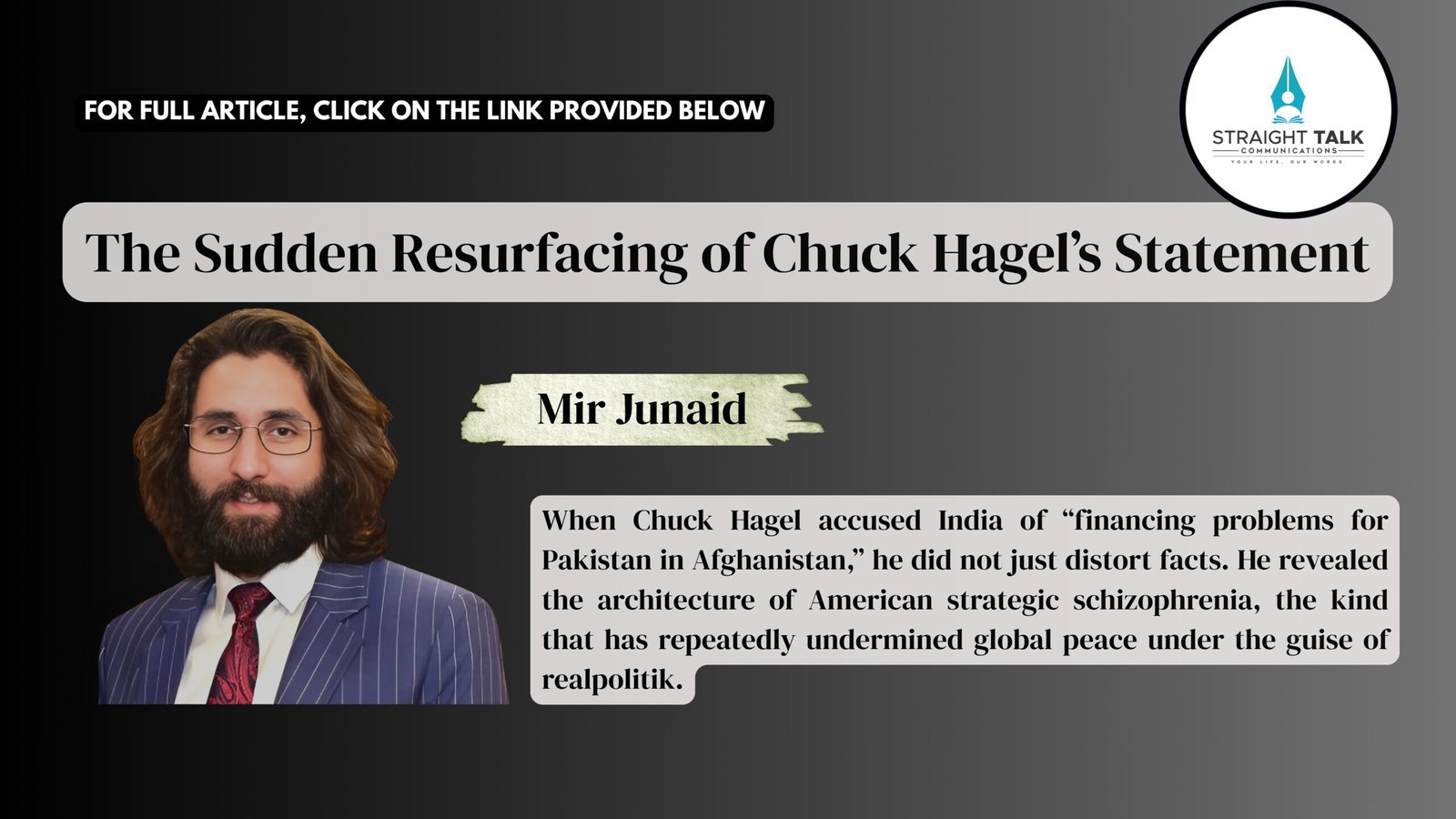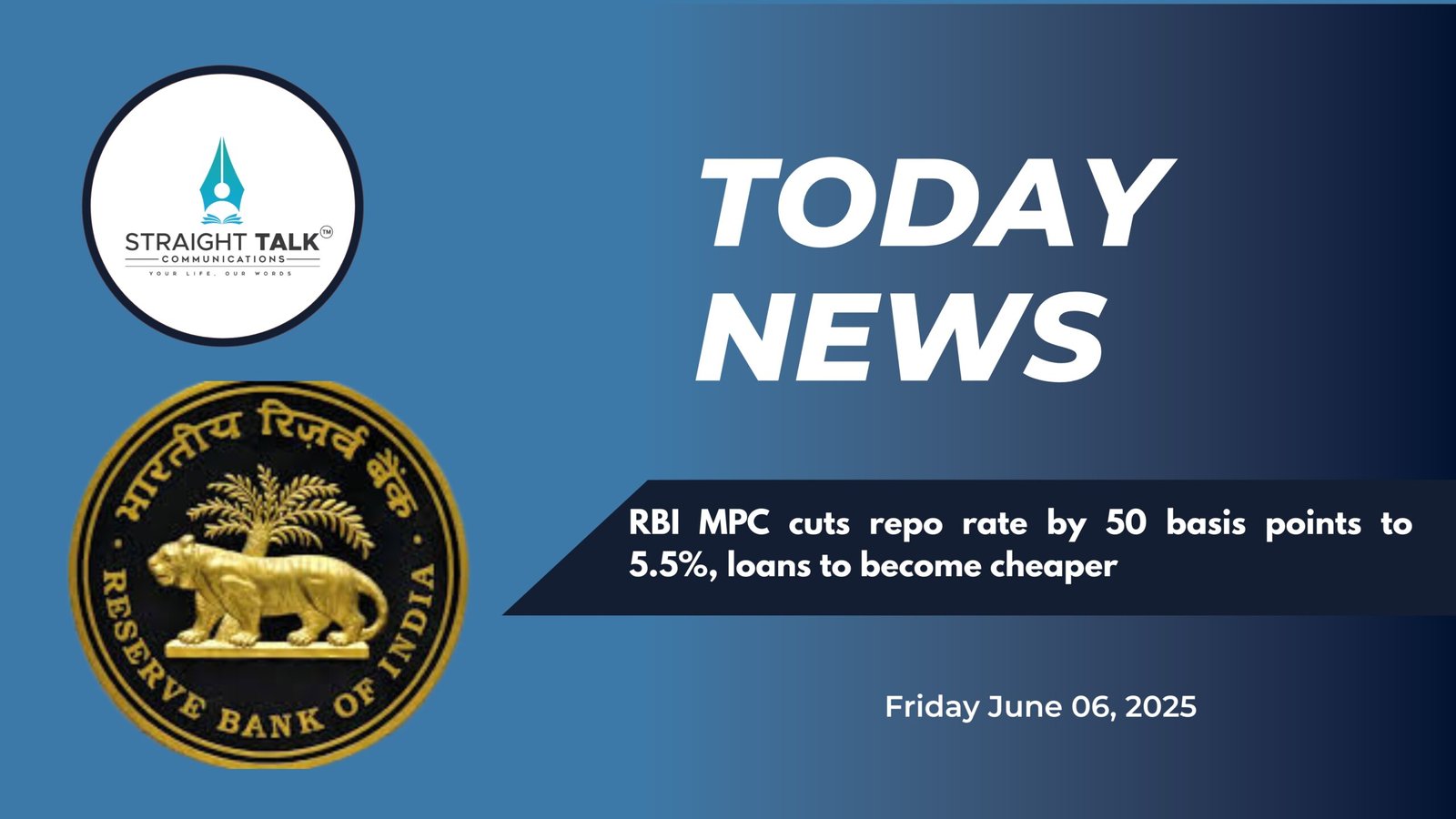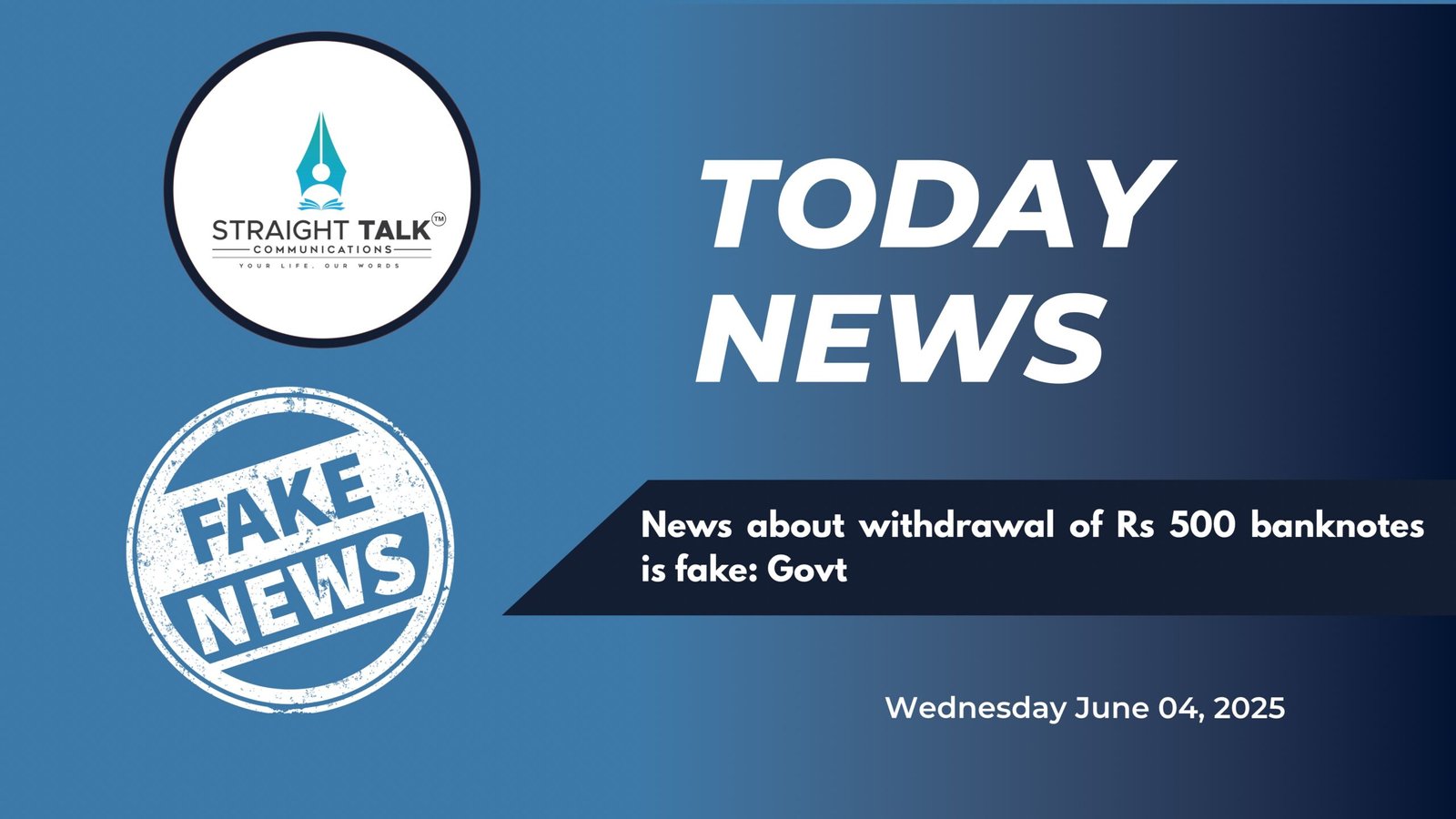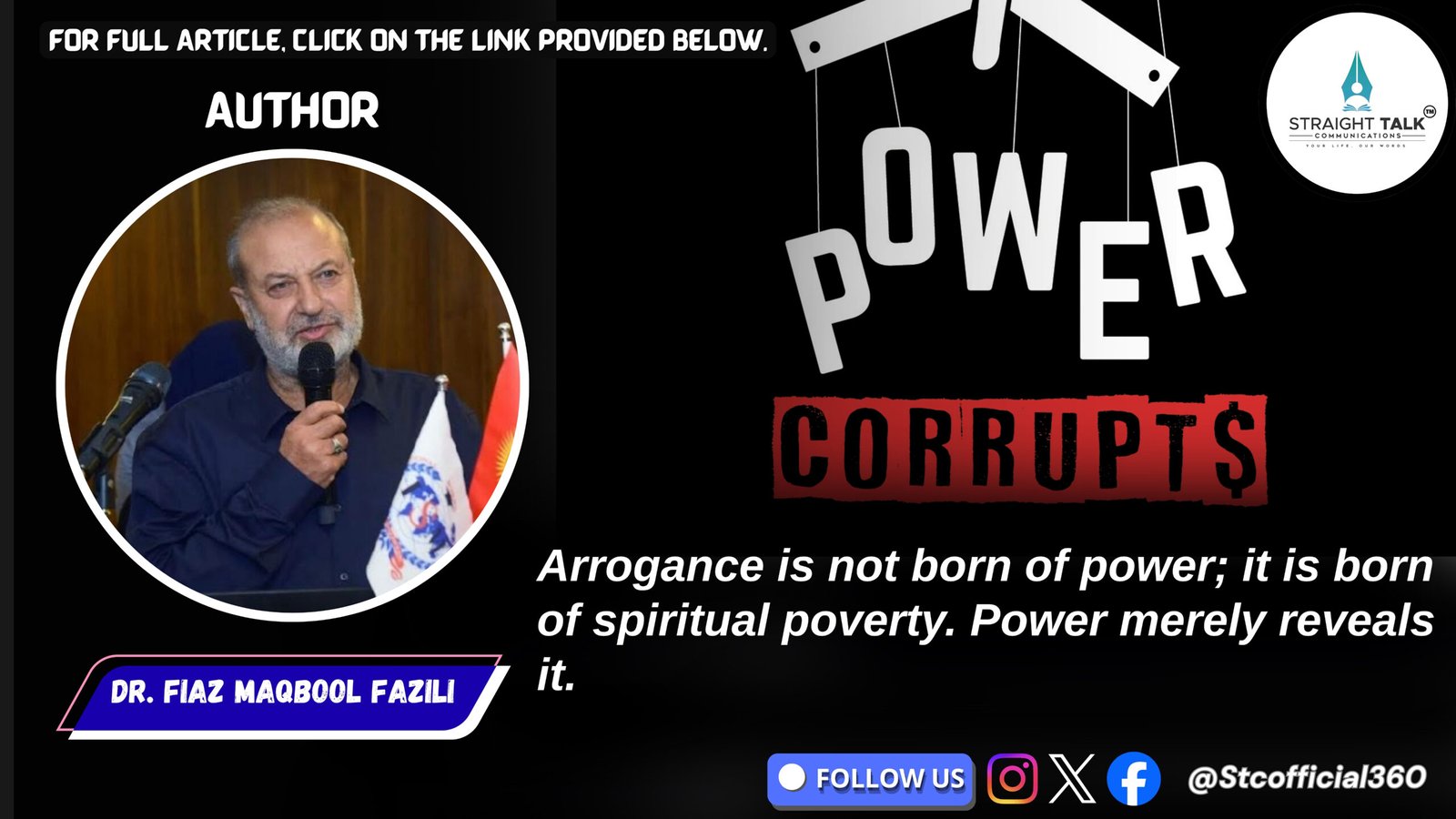The Sudden Resurfacing of Chuck Hagel’s Statement

It is not just wrong. It is a case study in imperial hypocrisy.
Mir Junaid
When Chuck Hagel accused India of “financing problems for Pakistan in Afghanistan,” he did not just distort facts. He revealed the architecture of American strategic schizophrenia, the kind that has repeatedly undermined global peace under the guise of realpolitik.
Let us be clear: this is not an off-the-cuff diplomatic gaffe. It is a willful internalization of Pakistan’s military propaganda, laundered through the mouth of a former US Defense Secretary & calibrated to delegitimize India’s constructive role in Afghanistan by moral equivalence. But to equate Indian development projects with destabilization, while ignoring Pakistan’s decades-long sponsorship of radical Islamist terror, is to replace reason with cowardice & facts with complicity.
Who Actually “Financed Problems” in Afghanistan?
Start with history. In the 1980s, the US & Pakistan’s ISI jointly trained & armed the terrorists, laying the ideological & logistical groundwork for what would become al-Qaeda & the Taliban. These actors did not just destabilise Afghanistan; they shattered it. In contrast, India’s presence in Afghanistan has been consistently civilian, consensual & cooperative, spanning across infrastructure, education, agriculture, public health & institution-building.
Where Pak nurtured Taliban warlords, India built the Zaranj–Delaram highway linking Afghanistan to Iran for trade. Where Pakistan gave sanctuary to the Haqqani Network, India constructed dams, delivered food aid & built the Afghan Parliament, a literal temple of democracy. If one calls that “financing problems,” then one is ideologically bankrupt.
Strategic Reality, Not Paranoid Fiction
What Hagel echoes is not American intelligence but Pakistani insecurity masquerading as strategy. The idea that India uses Afghanistan as a “second front” is not an assessment. It is a confessional projection by a security establishment that has weaponized non-state actors to manufacture regional instability. If anything, Pakistan’s entire Afghanistan policy has been defined by the logic of strategic depth, a euphemism for colonial subjugation under Islamist proxies.
India’s presence in Afghanistan does not constitute a “second front.” It constitutes a third way, beyond the binary of jihadi extremism & American drone diplomacy. Hagel, either through ignorance or appeasement, collapses this moral distinction. That is not strategy. That is surrender.
The Linguistic Fraud of Hagel’s Framing
Note Hagel’s choice of words: “India has over the years financed problems for Pakistan.” This is what “I”call the passive voice of imperial impunity. It hides agency, obscures causality & reframes reality. Who defines what a “problem” is? Is a functioning school in Kandahar a problem? Is a woman learning to read in Herat a provocation? Or is the problem that India, unlike Pak, does not outsource foreign policy to theocrats with Kalashnikovs?
This kind of linguistic inversion allows aggressors to appear as victims & peacemakers as saboteurs. It is propaganda by euphemism.
The Moral Collapse of US Policy
The US funded & armed Pakistan for decades, knowing full well that its military was simultaneously harboring terrorists, blackmailing allies & hollowing out Afghan sovereignty. Osama bin Laden lived in Abbottabad, just miles from Pakistan’s military academy. The Haqqani Network operated openly in North Waziristan. Lashkar-e-Taiba enjoyed ISI patronage even after the 26/11 Mumbai massacre.
And yet, India, the world’s largest democracy, a victim of cross-border terror, a builder not a bomber, is scapegoated. Why? Because the US has repeatedly chosen short-term tactical utility over long-term moral clarity. Chuck Hagel’s statement is not an isolated misjudgment. It is a symptom of the disease, a foreign policy where expediency is masqueraded as analysis & complicity is justified through false equivalence.
India’s Role Is Not Defensive. It Is Transformative.
India did not enter Afghanistan with battalions or private contractors. It came with engineers, teachers, doctors, and diplomats. It was the only regional power that neither exploited Afghan minerals nor manipulated Afghan factions. And it did so not in secret, but in the full gaze of international institutions.
To label this engagement as “financing problems” is not only inaccurate—it is an ideological assault on the very idea of principled foreign policy. If India’s nation-building is a threat, then perhaps the real fear is this: that regional peace and progress can be achieved without militarism, without coercion, and without American permission. @DrSJaishankar @SecDefAustin @PeteHegseth @marcorubio
By the way In 1996, ISI officers directly coordinated Taliban offensives during the siege of Kabul, followed by their involvement in the 1998 massacres of Hazaras in Mazar-e-Sharif, where thousands were slaughtered along ethnic and sectarian lines. By 2006, U.S. intelligence had confirmed that Taliban commanders were receiving treatment in Pakistani military hospitals after combat with coalition forces, yet no sanctions were imposed. In 2008, the CIA confirmed the ISI’s direct links to Taliban bombers, while Wikileaks’ Afghan War Logs revealed that Pakistan-trained insurgents were behind attacks on Indian diplomatic missions, including the bombing of the Indian Embassy in Kabul that killed 58 people, including two Indian diplomats—still, no U.S. official publicly held Pakistan accountable. In 2009, General Stanley McChrystal’s leaked assessment stated that the ISI was supporting the Taliban to hedge against its loss of influence in Afghanistan. In 2010, CIA Director Leon Panetta confronted Pakistan with evidence of ISI-Taliban collusion, which was met with denial and duplicity. In 2011, Admiral Mike Mullen testified before the U.S. Senate that the Haqqani network functioned as a “veritable arm” of the ISI, and the U.S. Senate Foreign Relations Committee reported that over $4 billion in American aid had been diverted by Pakistan’s military to fund insurgent networks attacking NATO forces. Between 2012 and 2014, CIA drone strikes repeatedly targeted Taliban and Haqqani leaders freely operating within Pakistan’s tribal regions, even as Islamabad denied involvement and continued to receive U.S. aid. In 2013, Taliban founder Mullah Omar died in a Karachi hospital—yet no American official, including Chuck Hagel, questioned how he got there. By 2014, Pakistan had released five top Taliban commanders who soon returned to lead military offensives, while the Quetta Shura continued to operate openly from Pakistani territory. From 2001 to 2018, the U.S. provided Pakistan with $33 billion in aid—less than 20% of which went to civilian programs—while GAO audits and SIGAR reports confirmed that billions were unaccounted for, diverted, or spent on unverifiable military operations, coinciding with a surge in Taliban violence. Meanwhile, declassified NSA cables confirmed repeated U.S. interceptions of ISI-Taliban coordination, yet Washington maintained funding. Former ISI chief Lt. Gen. Hamid Gul openly boasted, “The Taliban are our children. We created them,” and was celebrated rather than condemned. Furthermore, the Karachi Project—exposed by Indian and U.S. intelligence—revealed ISI’s recruitment and training of Indian Muslims for terror missions, including the 13/7 Mumbai bombings. These facts, collectively, expose a long, well-documented record of state-sponsored terrorism by Pakistan and willful neglect or complicity by successive U.S. administrations.
Truth will outlive every lie. And every Afghan, Indian, and American betrayed by this double game will remember the price of that silence.
(The views are of the author and not of the Straight Talk Communications)







